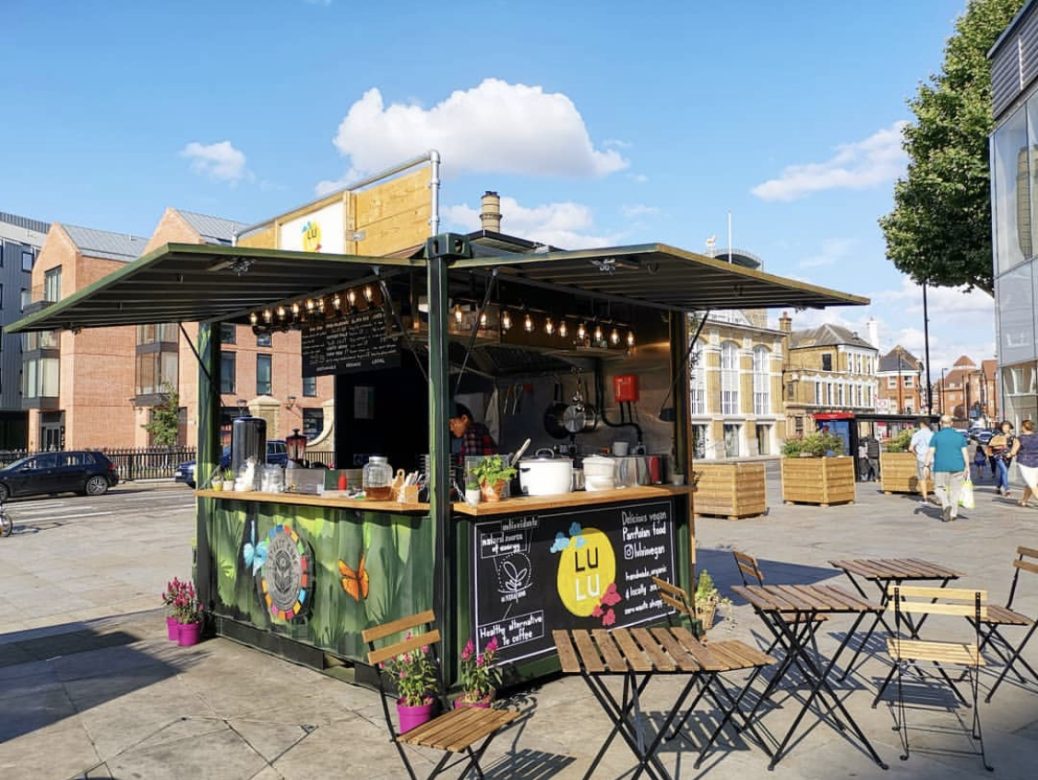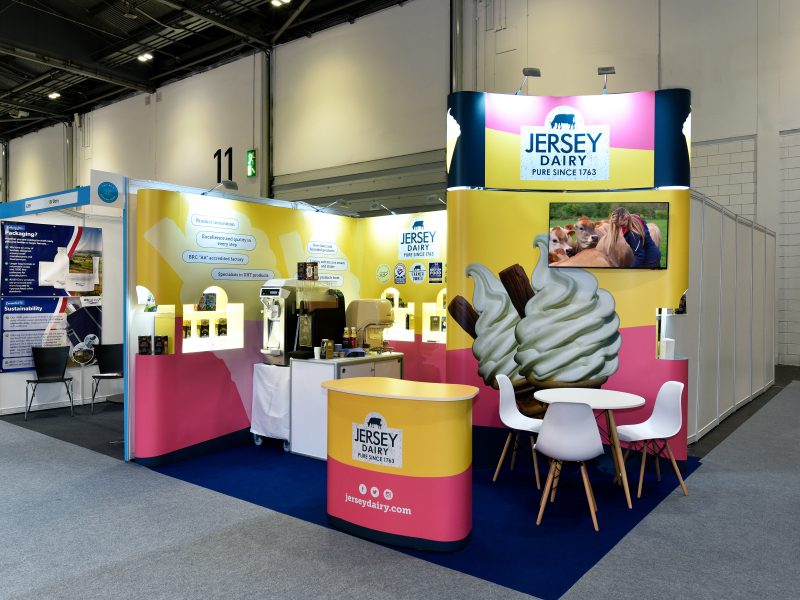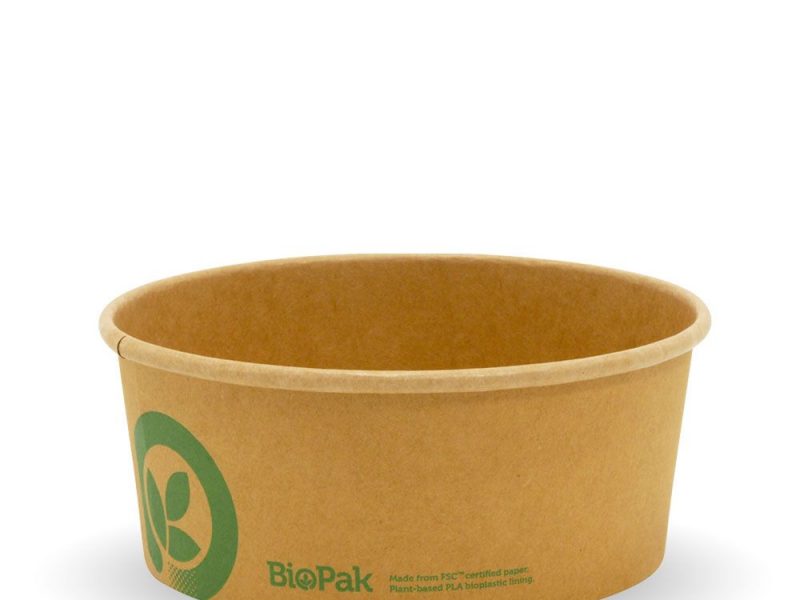Urban Cuisine: Grass Roots Style
Urban Cuisine: Grass Roots Style – Article by Mike Williams and Emma O’Leary of food safety and business specialist the ELAS Group.
The street food scene in the UK is booming and many new exciting varieties of foods appear at markets across the UK at an alarming rate. Every week we see new entrants to the scene and we know that these eager foodies need to understand exactly ‘How to Start a Food Business’ and where to go to for information.
Our friends Mike Williams and Emma O’Leary, of food safety and business specialist the ELAS Group, explain the key legislation laid down by the Food Standards Agency (FSA), Trading Standards, Health & Safety Executive, HMRC and other government bodies, and demystify what’s required to start a food business in 10 simple steps.
The First Five Steps – The first five steps are set out below and we will complete the journey and provide an important checklist in our next issue which comes out on the 15th September.
Step #1 – Registration & Licensing
Before starting any food business you must register the business and your premises with your local authority Environmental Health department at least 28 days before you start trading. Registration is free and applies to most types of food businesses, including those run from mobile or temporary premises such as stalls and vans. If you wish to sell food from a stall, ‘pop up’ or van at your premises, have unusual opening hours e.g. operate late at night, or supply alcohol then you may also need to apply for Local Authority licences.
Step #2 – Setting Up Your Kitchen
As a new food business, the premises that you prepare your food in and the stall from which you sell your products must comply with the same regulations as laid down by the FSA and Environmental Health.
If you are preparing food in a home kitchen, or a catering kitchen to later serve on your food stall, the floors, walls and ceilings must be smooth, hard-wearing, washable and in a good state of repair. They must also be easy to clean and disinfect. Your premises must be clean and well maintained, enabling you to follow good food hygiene practices.
There must be enough hand washing basins with hot and cold running water for hygienic cleaning and drying of hands with separate sinks for washing food and cleaning equipment. Adequate toilet facilities are also required and these must not lead directly into food areas.
Whilst stainless steel surfaces are preferable, counter tops and shelving must comply with regulations and be suitable for the purpose of safe food preparation. Working surfaces must be maintained in a sound condition and be easy to clean. You must provide adequate facilities for storing food, with special consideration being given to the storage of ‘dry goods’. Effective disposal of food waste and other rubbish is crucial – you must ensure that all food waste is removed from the premises as quickly as possible.
Refrigeration of food products and perishable ingredients is of the utmost importance and this is something inspectors will pay great attention to. You should consider using commercial refrigerators regardless of the scale of your operation. Domestic machines simply do not chill to a low enough temperature. Cold food must be kept at 8˚C or below – this is a legal requirement in England, Wales and Northern Ireland. In practice, ELAS Group recommends that you set your fridge at 5˚C or below to make sure that food remains cold enough.
The food stall you sell from must also comply with the same legislation. Your cold food products and raw ingredients must be refrigerated and if you have access to electric power a refrigerator is preferable, if not, portable cold boxes with ice blocks will suffice to keep food cool. Cooked products must reach the required core temperature to be fully cooked and safe to eat which is 75°C and above to ensure that harmful bacteria are destroyed. A food probe is a must for doing this and will demonstrate to EHO that you understand good safety processes.
Hand washing and hot water is also a big requirement, and you must find a way of having ample supplies of hot water on your stall, by way of large thermos flasks, a portable wash hand basin or a hot water heater. Cross contamination is another area that your local EHOs will stringently focus on, so ensure preparation areas for serving and cooking are separated and each has its own cutting boards, knives and utensils and do not get the two mixed up.
Step #3 – Fire, Health & Safety
Regardless of the size of your operation, you must work in a way that protects the health and safety of your employees, customers and other visitors to your stall or premises. You will be expected to have in place appropriate arrangements to manage health and safety on site. If you employ five or more people this must include a written health and safety policy, which describes your health and safety arrangements and procedures. You will also be required to have documented risk assessments for those activities that carry significant risk.
Food stall proprietors will also be expected to carry out risk assessment and to take fire safety precautions to protect staff and customers.
Step #4 – Food Safety Management
All food operators must put in place food safety management procedures and food stall proprietors are no different. You must keep up-to-date records relating to this aspect of the business. Engaging with your food safety consultant will give you the initial information you need.
You will be required to write a detailed HACCP Plan (Hazard Analysis & Critical Control Point) for your food business. This is a systematic written procedure that outlines various steps, procedures and preventive controls that will then need to be put in place to protect customers from the biological, chemical, allergenic and physical hazards that occur during the production of food products and dishes for general consumption. Your HACCP Plan will create measures in your business to prevent the food you prepare and serve from being unsafe to eat and potentially causing harm.
A HACCP plan provides procedures with which to monitor suppliers, evaluate deliveries and check the condition of food products coming into your business. In the case of an adverse reaction, it will allow you to trace ingredients back to manufacturers. The HACCP plan also provides procedures for creating dishes of a uniform standard which are safe to eat and instils good food hygiene practices throughout your processes.
When setting up your food business this is an ideal time to introduce good hygiene working practices from the outset. The four Cs (Cleaning, Cooking, Chilling and Cross-Contamination) are a set of processes that help prevent the most common food safety hazards from occurring, keeping you and your customers safe.
Implementing cleaning schedules, minimising cross contamination and setting standards for personal hygiene will culminate in your business being awarded a ‘Food Hygiene Rating’ of between 0 and 5 stars which can be displayed on your stall.
Step #5 – Staff Training & Employment
For those in contact with and handling food, then it is expected that you will have undergone a level of food hygiene training. The level of training that the food operative will have to undergo will depend upon the level of involvement in the preparation and serving of food. Level 1 food hygiene training is the basic entry level for food servers, whilst Level 2 is aimed at those that prepare, handle and cook high risk food, and Level 3 is aimed at those who are supervising and training others how to prepare and cook food.
There is no legal requirement to attend a formal training course or gain a qualification, although many businesses may want their staff to do so. The necessary skills can be obtained through on-the-job training, self-study or relevant prior experience. Employers must make sure that employees understand the main food hygiene issues before they start work. Records of any training you or your staff have done must be kept and shown to enforcement officers if requested when they visit your food stall or premises.
So that’s the first five simple steps which hopefully help you begin to demistify what is required to start and safely operate a street food business. Next issue (Out 15th Sep 2016) we will complete the journey, but in the meantime, should you require further advice or assistance you should either contact your Local Authority EHO or you can contact an independent food safety and health organisation like the Elas Group. For more information please call: 0161 785 2000 or visit www.elas.uk.com
The ELAS Group provides business support all over the UK and Ireland covering a wide range of areas including: Employment Law, HR Consultancy Services, Health & Safety, Occupational Health, Health Surveillance, Food Safety, Payroll, DBS Checks, Training Courses, Absence Management and Intelligent Software HR Solutions. STS is its specialist award winning, industry-leading food safety business that has over 30 years experience and is passionate about protecting and enhancing the reputation of its clients.







